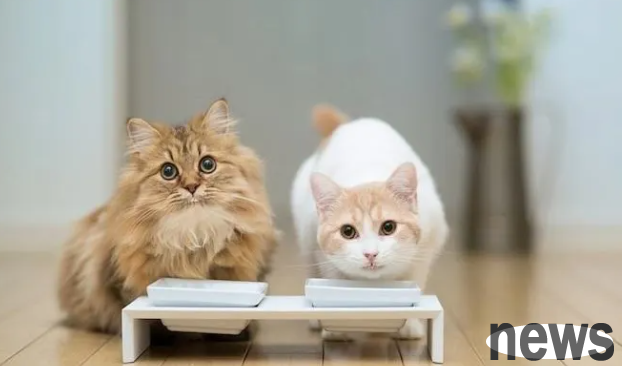Cats are usually caused by virus infection and respiratory diseases. First of all, this symptom will occur when a cat is infected with herpes virus, accompanied by symptoms of increased secretions around the eyes and runny nose. Viral interferon and...
Cats are usually caused by virus infection and respiratory diseases. First of all, this symptom will occur when a cat is infected with herpes virus, accompanied by symptoms of increased secretions around the eyes and runny nose. Viral interferon and anti-inflammatory drugs are needed for treatment. Secondly, this symptoms will also occur when cats have lung infections, bronchospasm, and asthma.

1. What causes cats to cough?
First of all, the cats cough and sneezing are mainly considered as respiratory infections caused by colds. Secondly, cats cough and are accompanied by increased secretions from the nose and eyes, listlessness, and loss of appetite. The main consideration is herpes virus infection, and sometimes there is a mixed infection of calicivirus and herpes virus. The coughing time caused by the above two reasons is usually longer. If there is more dust around, it will also cause the cat to cough, but the cat will stop coughing after transferring the cat to a place with less dust and ventilated.

2. What to do if a cat coughs?
First, it is necessary to check whether the cat is infected with the virus. It is recommended to take the cat's nasal and oral secretions for virus screening. If it is a viral infection, routine blood and SAA tests are also required. According to the examination results, broad-spectrum antibiotics are used to prevent inflammation, and viral interferon and monoclonal antibodies are used to interfere with viral replication. At the same time, drugs containing aminophylline and other ingredients can be used to diastolic trachea. For viral infections, the owner also needs to disinfect the items used by the cat. If it is not caused by viral infection, lung imaging examinations are required, and blood routine blood tests are performed. Treatment with anti-inflammatory drugs, and atomization can be adopted if necessary. During the treatment period, the cat needs to be kept warm.